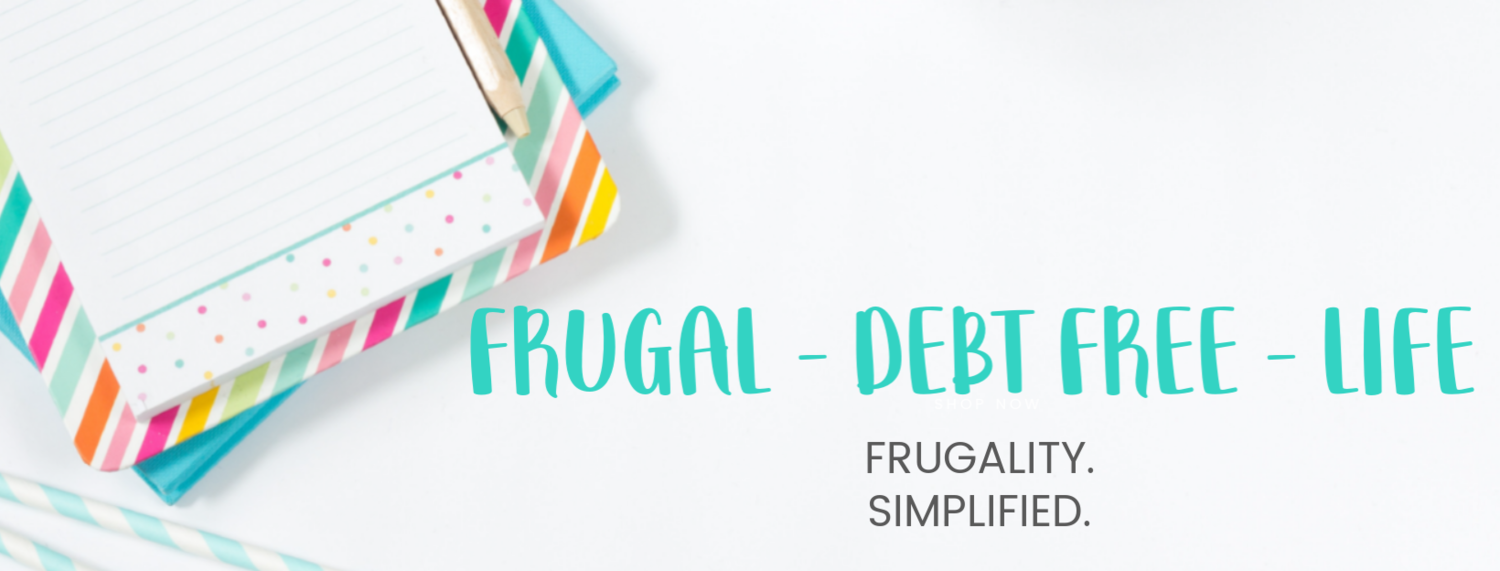Raising Financial Wizards: Teaching Teens to Invest
/Teaching your teenagers about money management and investing can be one of the most valuable life lessons you can impart. In this blog post, we're going to dive into the wonderful world of investing and show you how to get your teens started with a Custodial Roth IRA. We'll also discuss the benefits and touch on the all-important topic of earned income. Let's get started!
Why Teach Teens to Invest?
Before we delve into the nitty-gritty of Custodial Roth IRAs, let's talk about why it's important to teach your teenagers about investing. First and foremost, it's about instilling a sense of financial responsibility and independence early on. By teaching them how to invest, you're giving them a head start on building wealth and achieving their long-term financial goals. Plus, it's a valuable life skill that will serve them well throughout their lives.
What Is a Custodial Roth IRA?
A Custodial Roth IRA (Individual Retirement Account) is a fantastic investment vehicle for teenagers. It's essentially a tax-advantaged account designed to encourage long-term savings and investing for retirement. Here's how it works:
Custodial Account: As teens can't open traditional IRAs due to income limitations, a Custodial Roth IRA allows them to invest using money they've earned through part-time jobs or other forms of income.
Roth Advantage: What makes the Roth IRA particularly appealing is its tax treatment. Contributions are made with after-tax dollars, meaning your teen won't get a tax deduction when they invest. However, all qualified withdrawals, including earnings, are entirely tax-free in retirement.
Growth Potential: With a Custodial Roth IRA, teens can invest in various assets like stocks, bonds, and mutual funds. This opens up opportunities for their money to grow substantially over time.
Long-Term Focus: Since this account is geared towards retirement savings, it encourages a long-term investment perspective—a critical lesson for young investors.
The Benefits of Custodial Roth IRAs for Teens
Now that we understand what a Custodial Roth IRA is, let's explore the benefits for teens:
Tax-Free Growth: The biggest advantage is the tax-free growth. Over the years, this can result in significant savings compared to a taxable account.
Flexible Contributions: Teens can contribute up to the amount they've earned, but no more than the annual limit (which is subject to change). This flexibility allows them to start investing even with a small income.
Educational Opportunity: Managing their own investments gives teens a hands-on financial education. They'll learn about risk, reward, and the power of compound interest.
Retirement Focus: The Roth IRA encourages a retirement savings mindset, helping teens build a solid financial foundation for their future.
What Earned Income to Include
For your teen to be eligible for a Custodial Roth IRA, they need to have earned income. This typically includes wages from a part-time job, summer job, or freelance work. Passive income like allowances, gifts, or interest income doesn't qualify. Make sure to keep records of their income, such as pay stubs or bank statements, for tax purposes.
Where to Open a Custodial Roth IRA?
Custodial Roth IRA for a minor can be established through a brokerage firm: Charles Schwab, E-Trade or Fidelity Investments all offer custodial Roths.
Teaching the Basics of Investing
Now that you've got the Custodial Roth IRA basics down, let's discuss how to teach your teens about investing:
Start with the Fundamentals: Begin with the basics of what stocks, bonds, and mutual funds are. You can use real-world examples or even invest together to make it a hands-on learning experience.
Risk and Reward: Explain the concept of risk and reward. Discuss that while investments can grow over time, they can also fluctuate in the short term.
Diversification: Teach them about the importance of diversification to spread risk. Encourage a mix of assets in their Roth IRA to reduce the impact of any single investment's poor performance.
Regular Monitoring: Show your teens how to monitor their investments regularly but not obsessively. Encourage a long-term perspective and avoiding impulsive decisions based on short-term market fluctuations.
Seek Professional Advice: Consider involving a financial advisor or planner to provide guidance. Learning from professionals can be incredibly beneficial.
Remember, the key to teaching teens about investing is patience and ongoing guidance. Encourage them to ask questions, learn from their successes and mistakes, and watch their financial confidence grow over time. By starting early with a Custodial Roth IRA, you're setting them up for a brighter financial future. Happy investing!





















